Latest
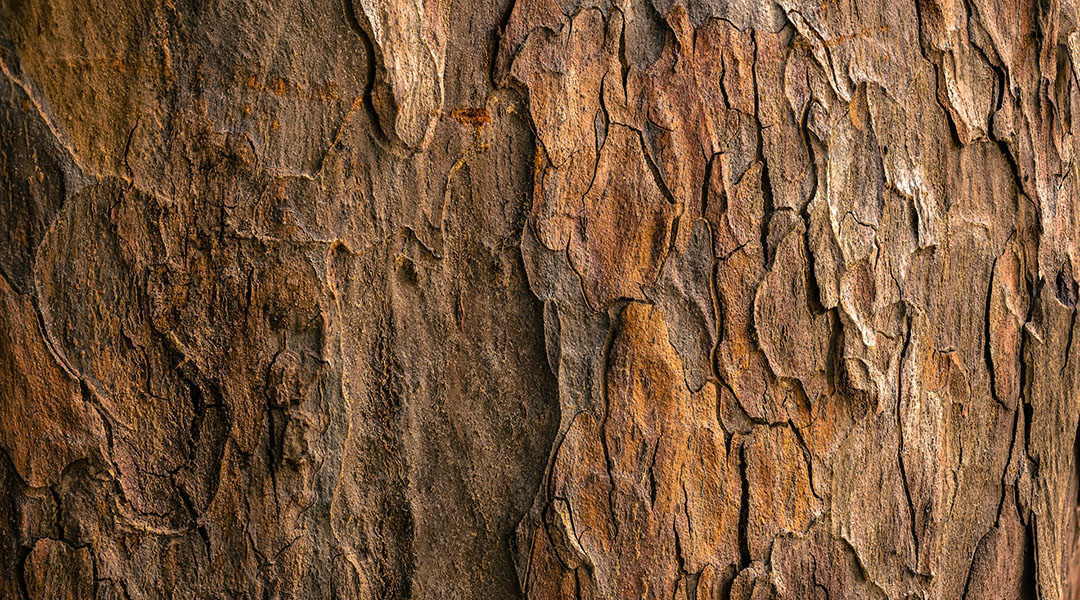
Molecules found in wood could make pesticides more efficient
Scientists in Finland have developed a method that can achieve a tenfold increase in pesticide retention on farmed crops.
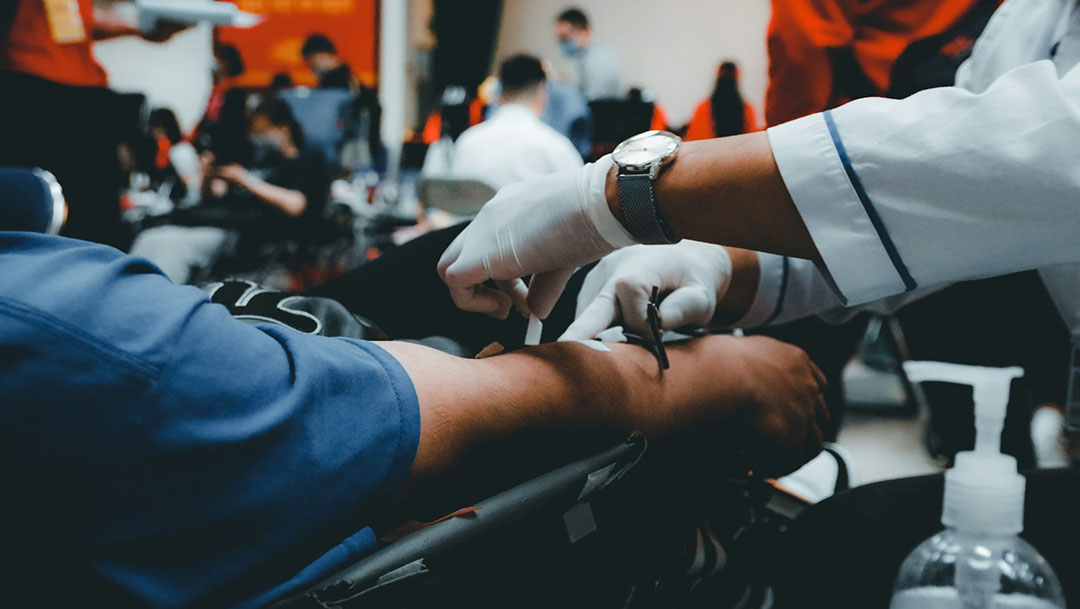
Does regular blood donation have long-term benefits?
Regular blood donation may reduce preleukemic changes in blood cells, promoting health benefits and helping blood cells respond to stress over time.
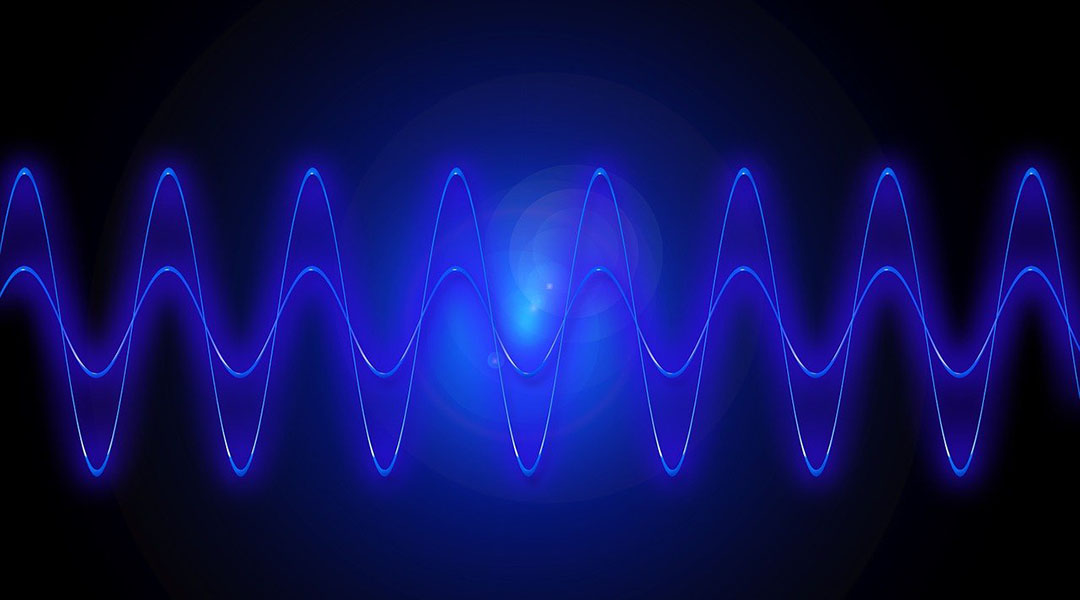
Exploring quantum gravity with pendulums
If experimentally proven that gravity is classical, we will have to start from the beginning in a search for a satisfactory ontological picture of the world.
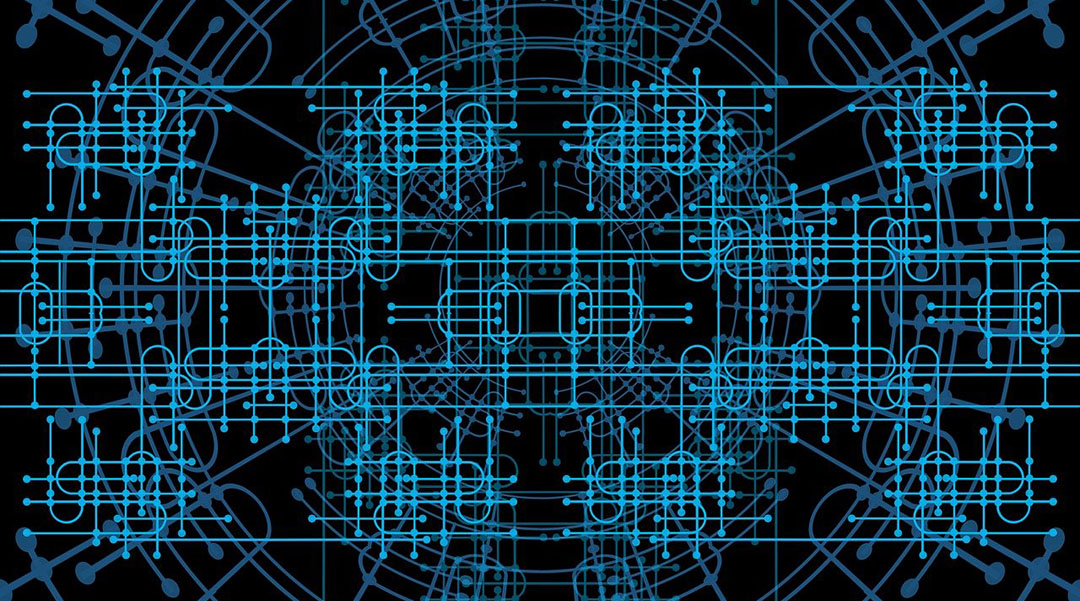
New algorithm unlocks the power of quantum machine learning
A new study targets feature selection, a key step in machine learning where the algorithm determines which parts of the input data are most relevant to making accurate predictions.
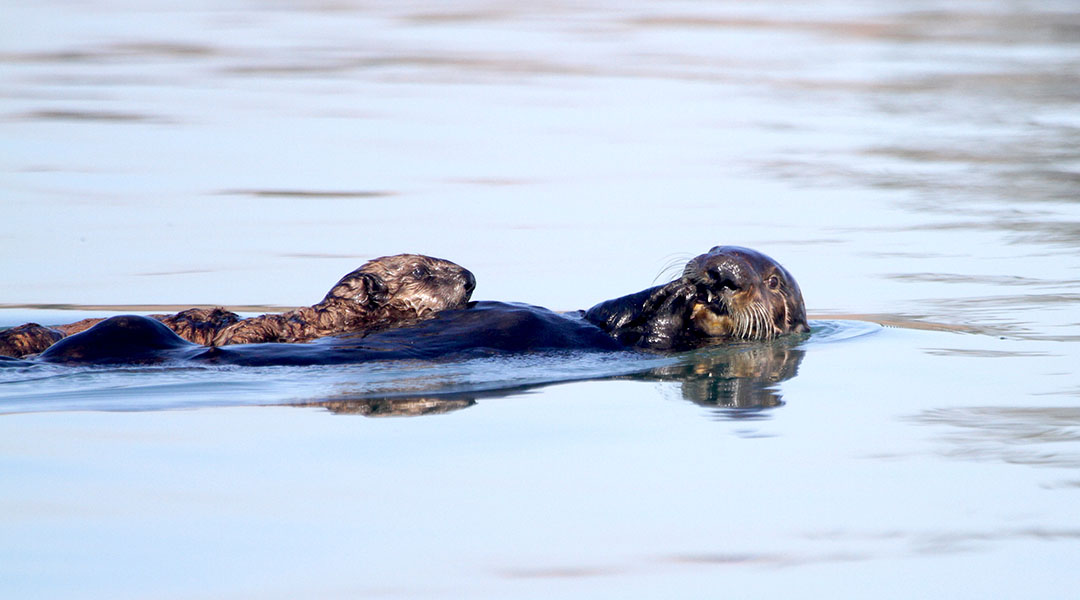
The hidden cost of human disturbance on California’s sea otters
A comprehensive study by Sea Otter Savvy reveals the significant energy costs of human disturbance on sea otters, highlighting the need for better conservation practices to protect these vulnerable marine mammals.
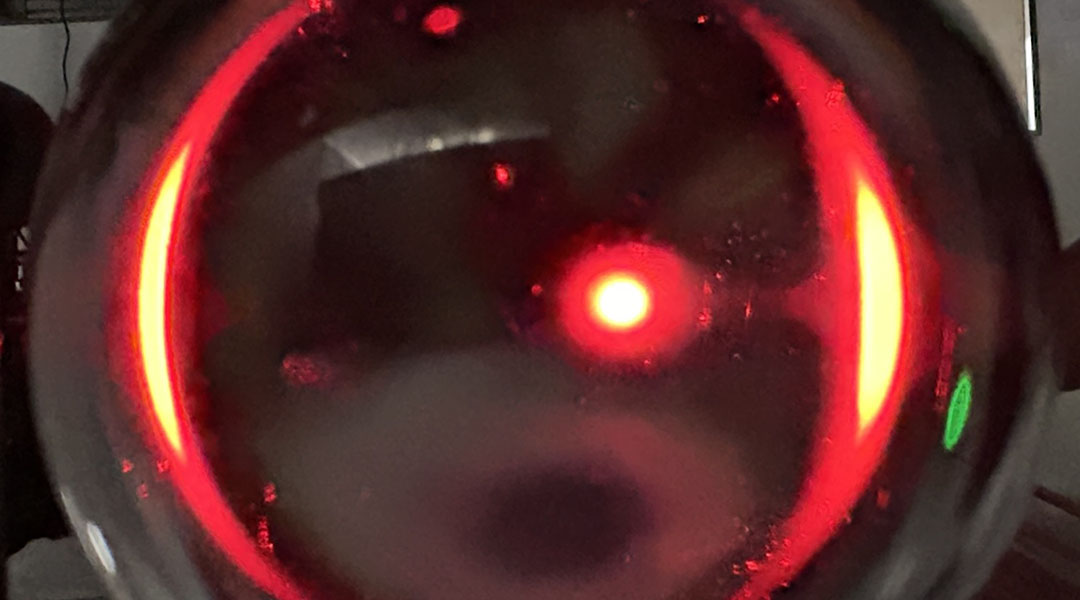
Researchers replicate gravitational lensing in the lab
Lenses help researchers mimic the way massive cosmic objects bend light—bringing the elusive effects of gravitational lensing to Earth.
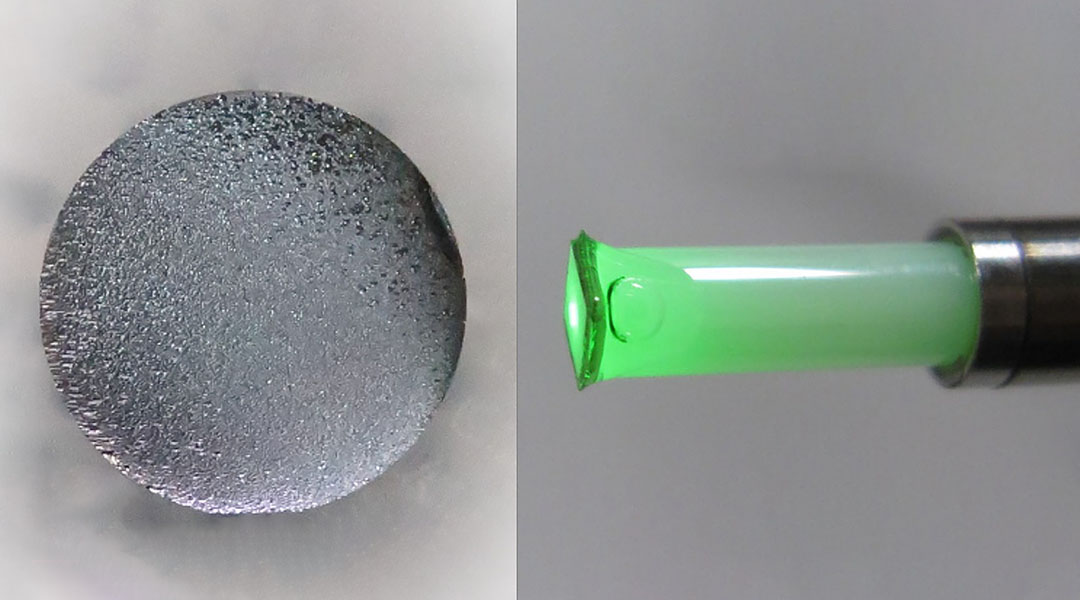
Low-cost quantum sensors could enhance EV battery monitoring
These low-cost quantum sensors detect tiny magnetic field changes and could help identify early battery issues in electric vehicles.
ASN Weekly
Sign up for our weekly newsletter and receive the latest science news directly to your inbox.
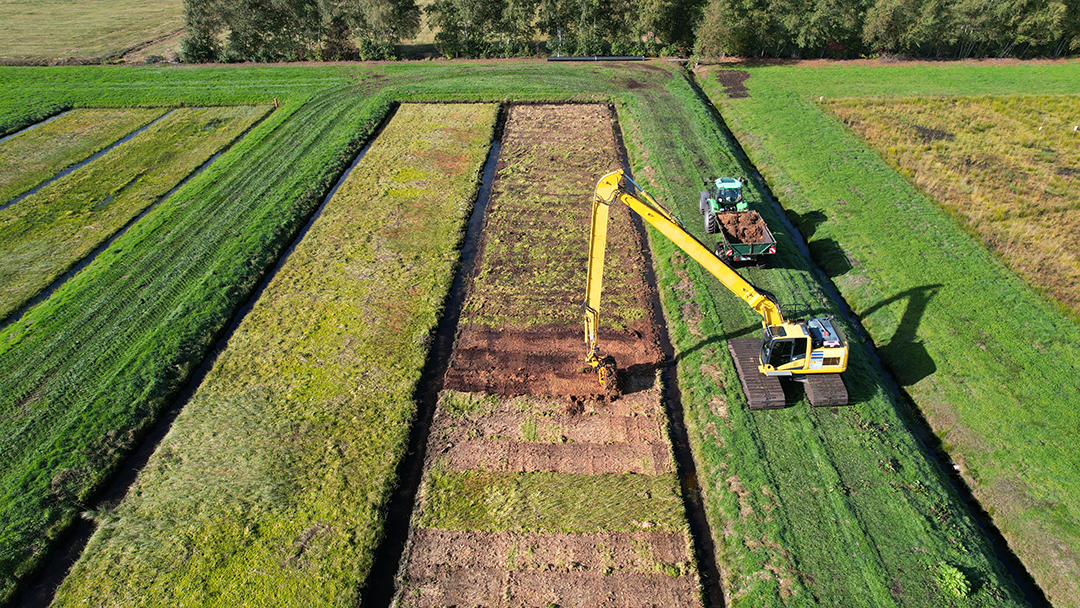
Wetlands can be recovered with the right plants, and that’s good news for the planet
Scientists are reviving lost wetlands using paludiculture, blending ecology and economy to combat climate change and restore biodiversity.

Glimmers in the cosmic dawn: New observations challenge theory of supermassive black hole formation
Hubble’s deep near-infrared campaign reveals more supermassive black holes in the early universe than previously expected.
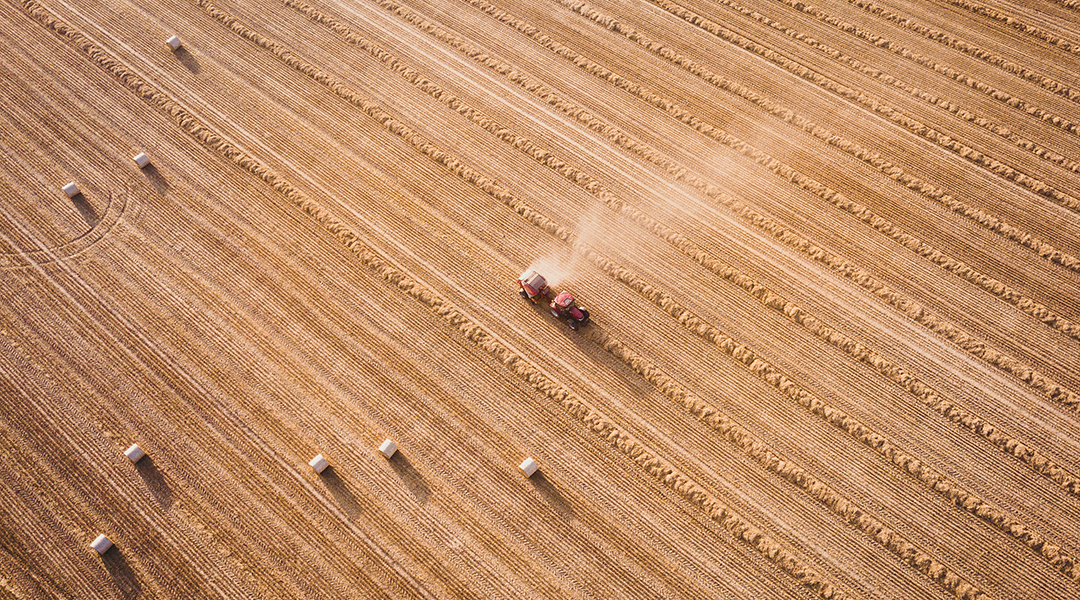
Farming under solar panels: The promise of agrivoltaics in the fight for net-zero
Combining agriculture with solar energy, agrivoltaics offers a promising solution to reduce carbon emissions while boosting food production.

Molecules secreted by parasitic worms found to reduce scarring during wound healing
Researchers have discovered that a protein produced by parasitic worms in the gut enhances wound healing in mice.
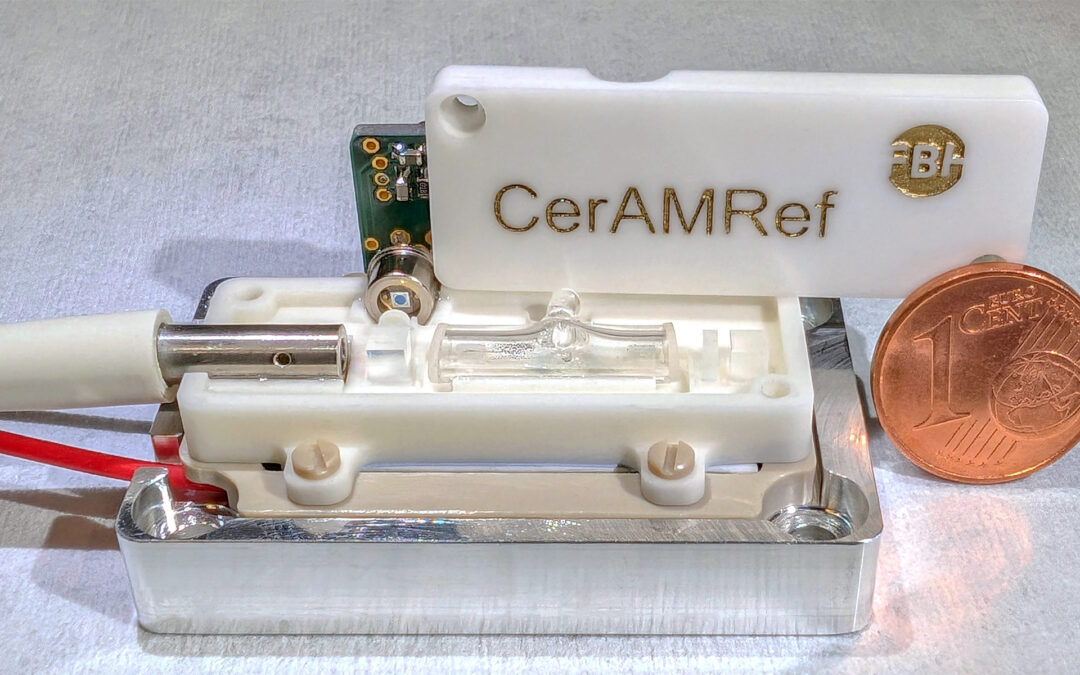
3D-printed ceramics bring quantum tech one step closer to the reality
3D-printed ceramics enable smaller, more stable quantum devices for applications in quantum computing, sensing, and communications.
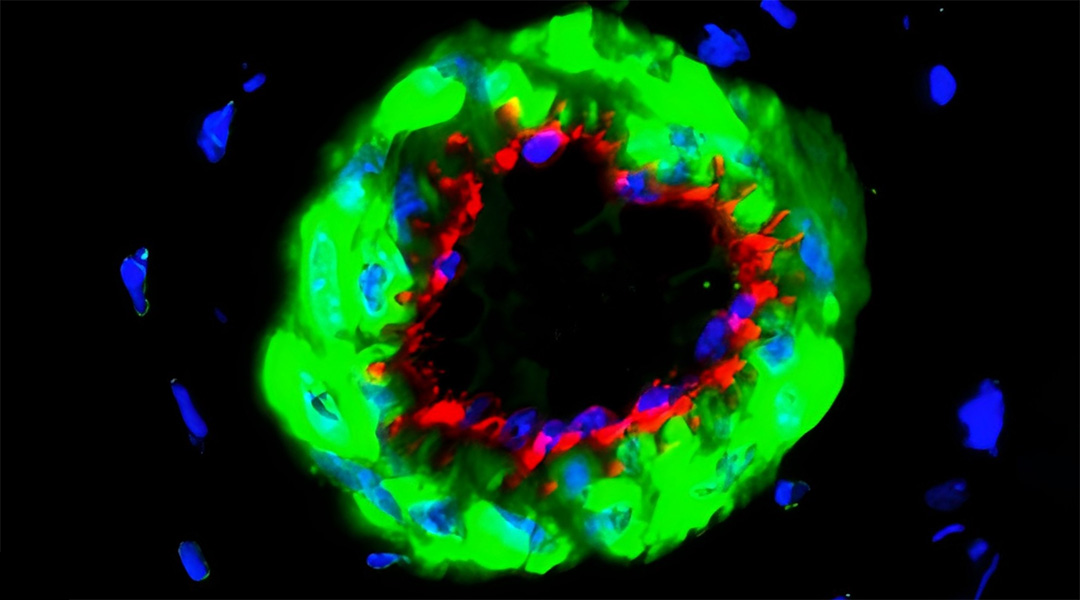
Tiny vesicles could help prevent amputations in diabetic patients
This safer, non-surgical treatment for diabetic limb ischemia could help patients with severe blood flow complications.
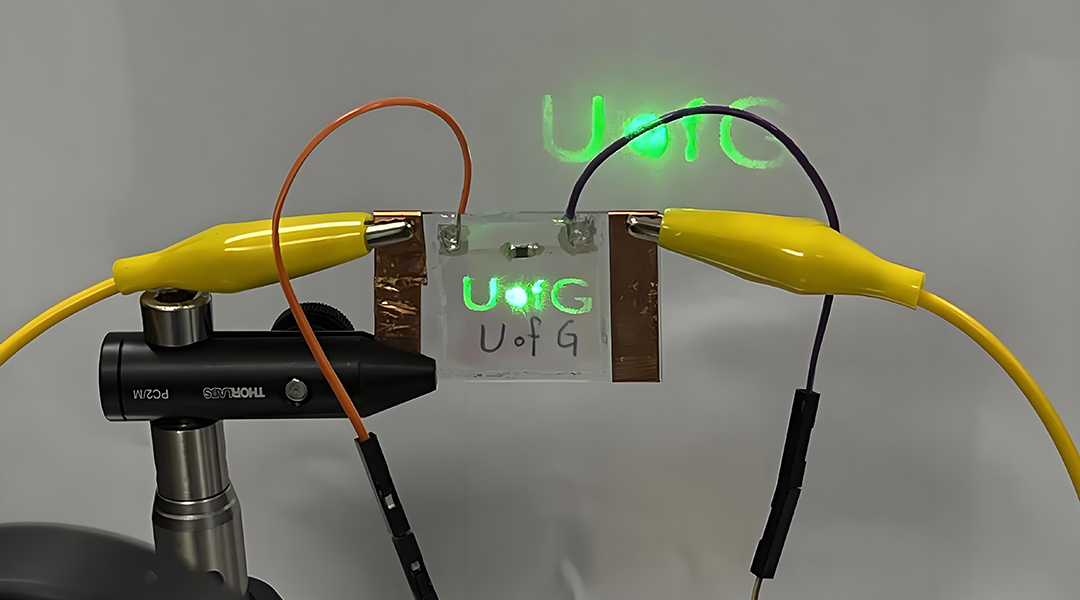
Liquid crystals bring a smoother switch between augmented and virtual reality
Temperature-sensitive materials seamlessly switch between VR and AR in headsets, paving the way for better extended reality experiences.
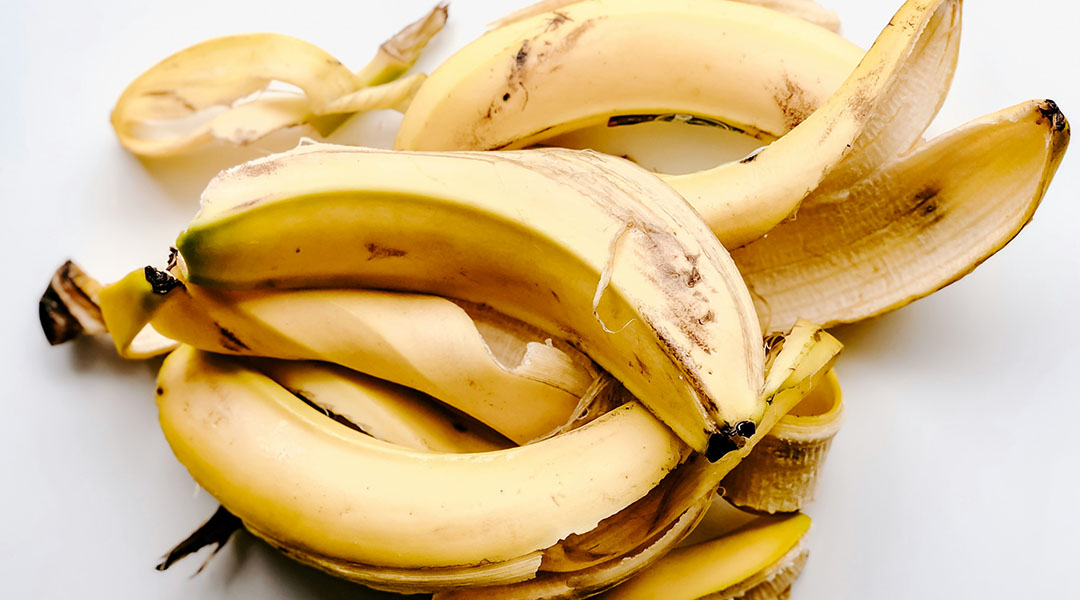
Turning banana peels and coconuts into clean energy
Researchers develop a device that generates clean energy from food waste, using banana peels and coconuts to power communities sustainably.
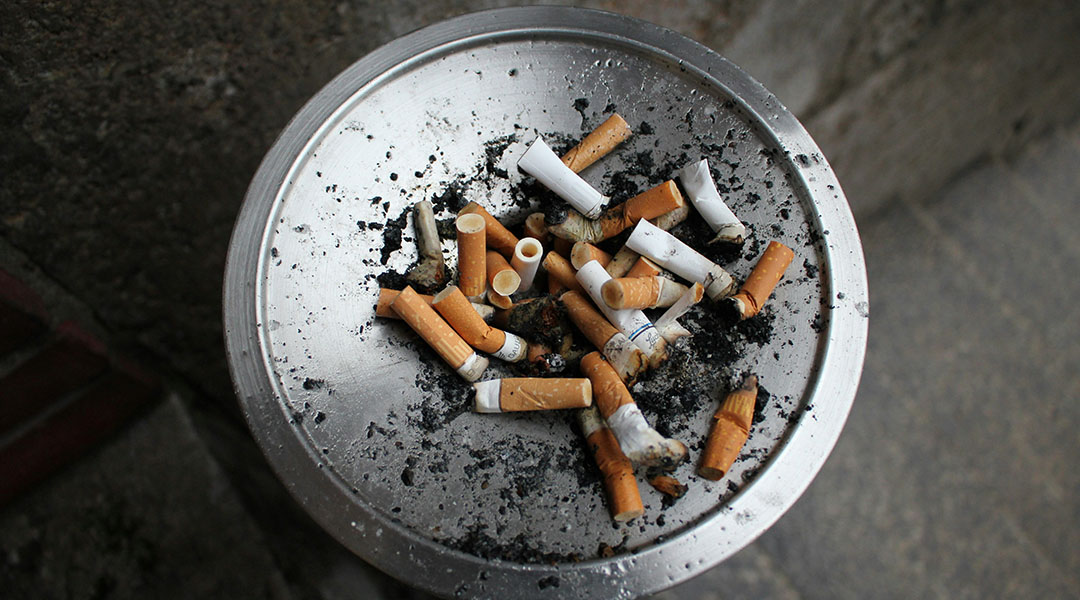
Parkinson’s drug helps alleviate nicotine withdrawal symptoms
Researchers discover that a Parkinson’s drug, procyclidine, can reduce physical nicotine withdrawal symptoms, such as tremors and immobility.
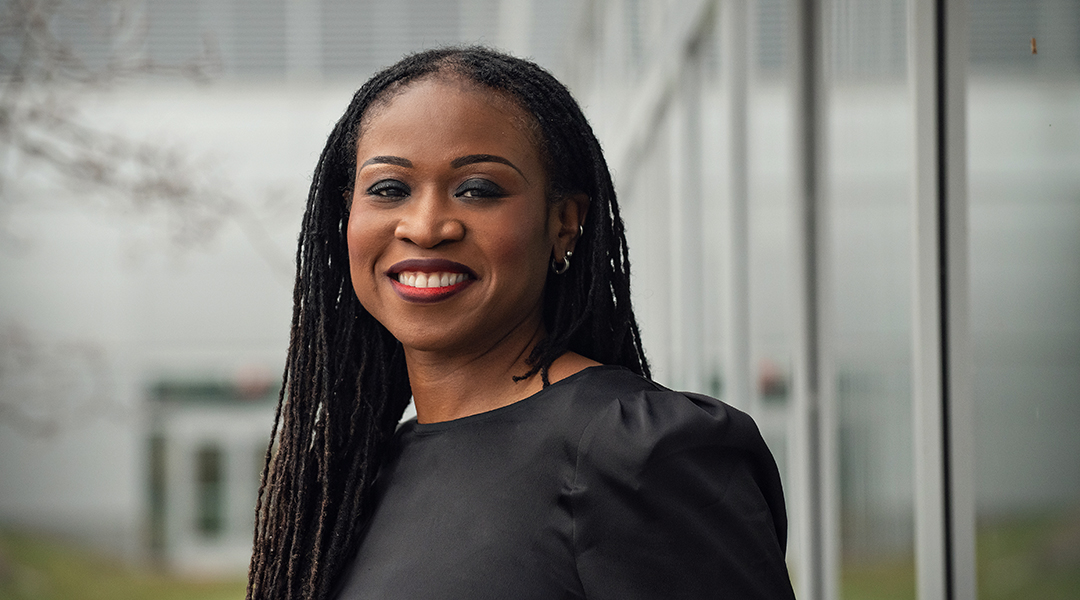
Lola Eniola-Adefeso: “When you feel you belong, everything becomes easy to tackle”
Chemical engineer and STEM advocate Lola Eniola-Adefeso deciphers components of the blood and designs therapeutic particles to help treat disease.
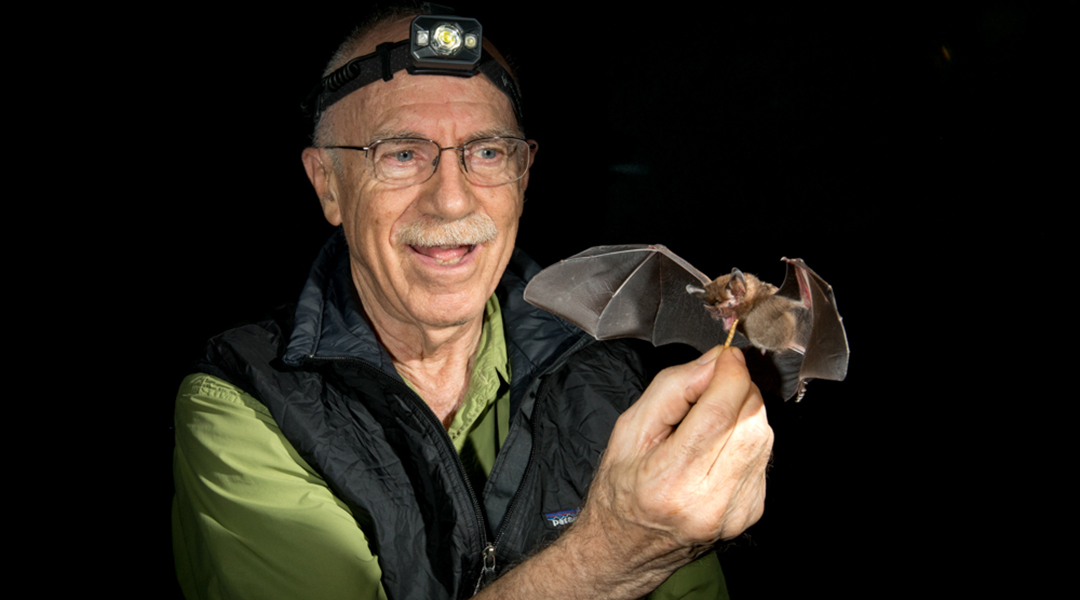
Merlin Tuttle: Helping bats helps people
Conservationist Merlin Tuttle protects bat populations worldwide through education and photography.
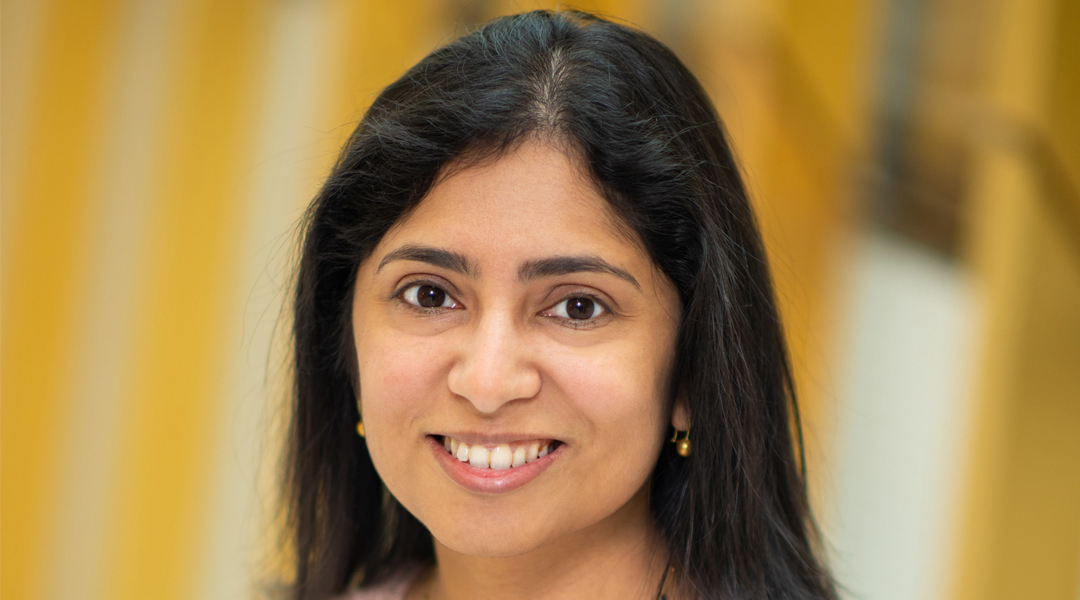
Madhu Bhaskaran: “As an engineer, you will always have to find a solution to problems in the world”
Professor Madhu Bhaskaran creates devices to assess the biometrics of the human body and helps patients feel again.
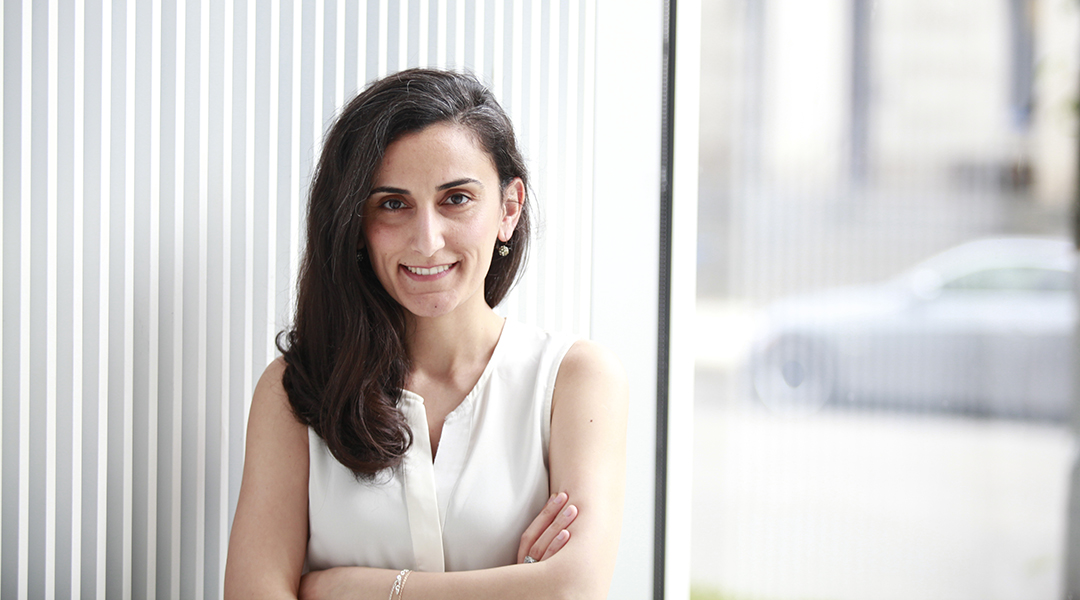
Canan Dağdeviren: “Follow your dream because life is too short to follow someone else’s”
Bioengineer Canan Dağdeviren is living her dream, decoding physical patterns of the human body in order to diagnose and cure diseases.
No Results Found
The page you requested could not be found. Try refining your search, or use the navigation above to locate the post.
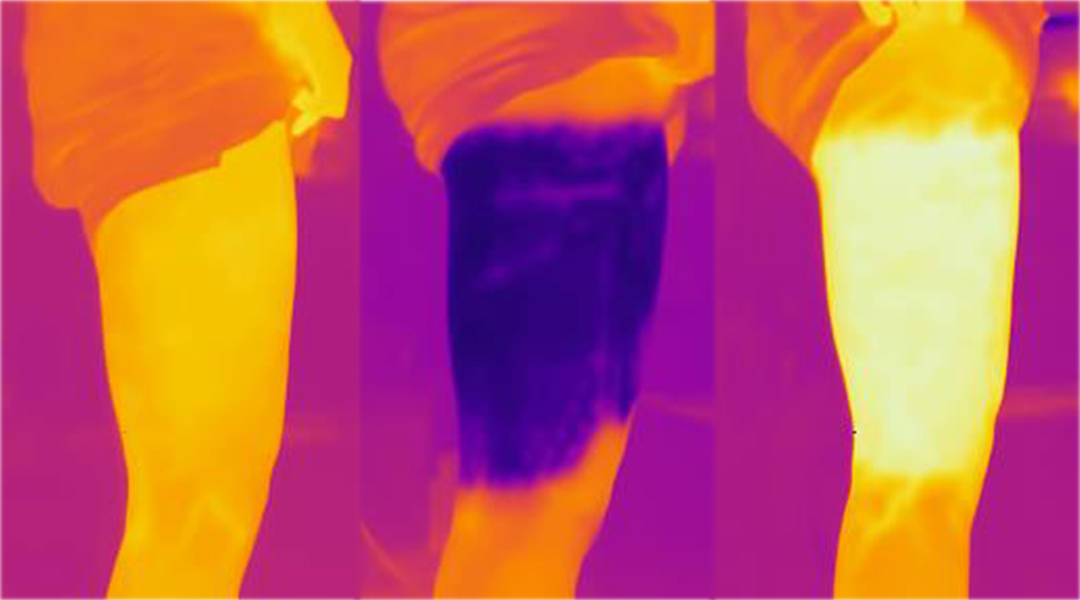
COOLWEAR: Water immersion therapy without waste
The fluidic wearable device is less wasteful when it comes to water, but equally effective alternative to water immersion therapy.
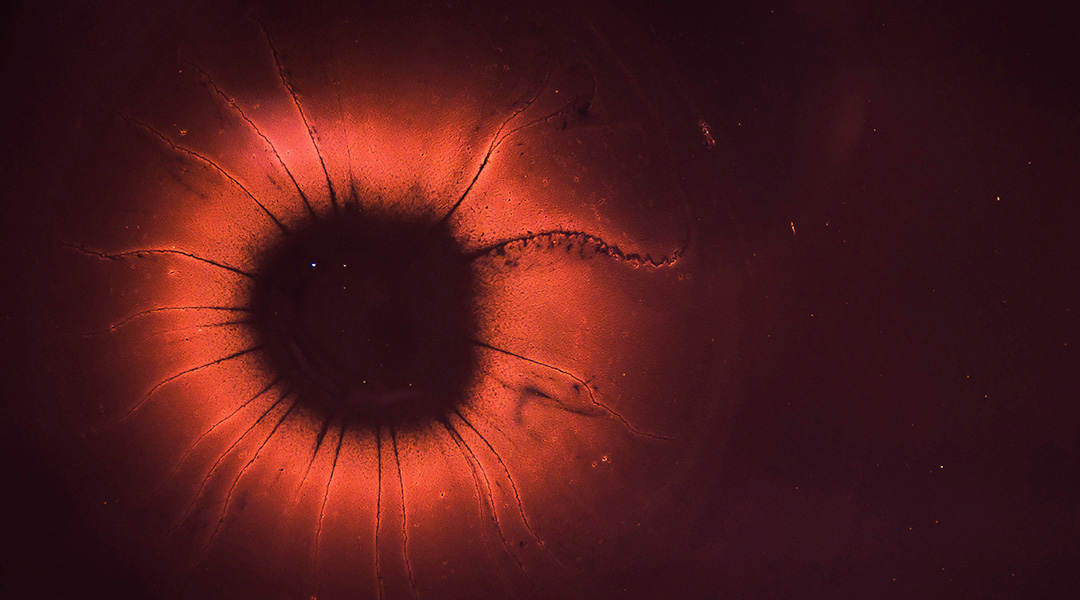
Study finds zombie cells may play a role in aging
Cells that can no longer divide may play a role in the chronic inflammation that weakens the immune system and contributes to aging.
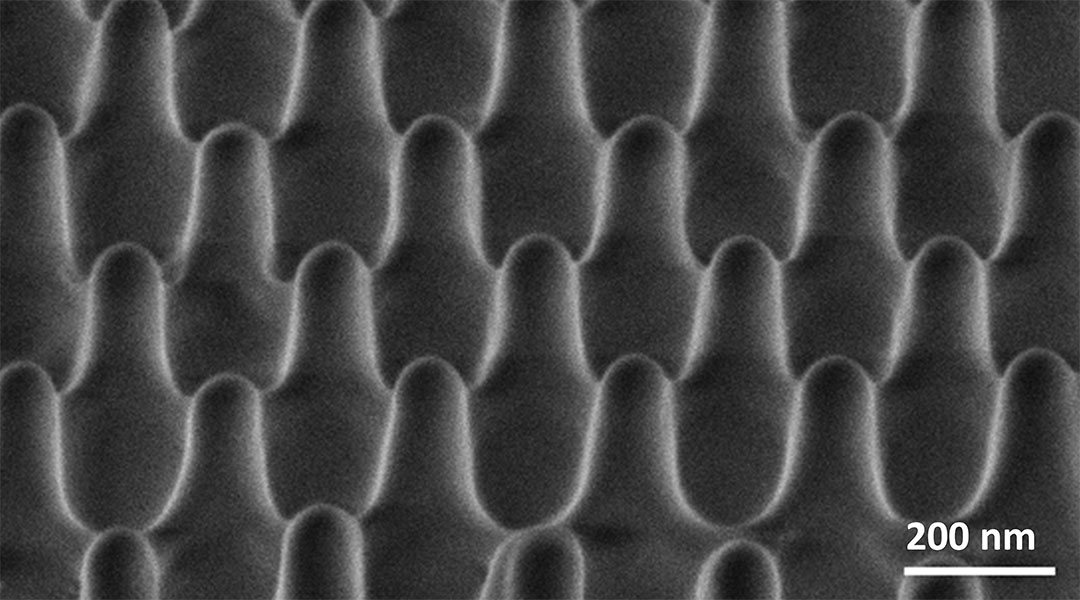
How much force does it take to kill a single bacterium?
Scientists are using nanomaterials to pressure bacteria and find new ways to combat antibiotic resistance.
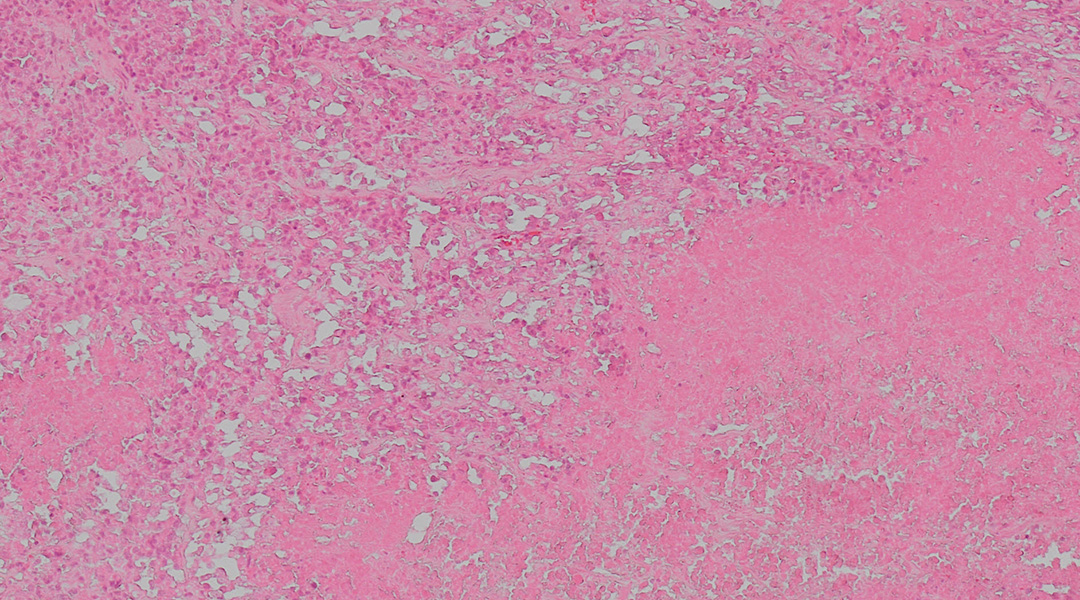
Potential new drug defeats resistant pancreatic cancer in mice
Researchers developed a laser-activated drug that targets and destroys chemotherapy-resistant pancreatic cancer cells in mice.
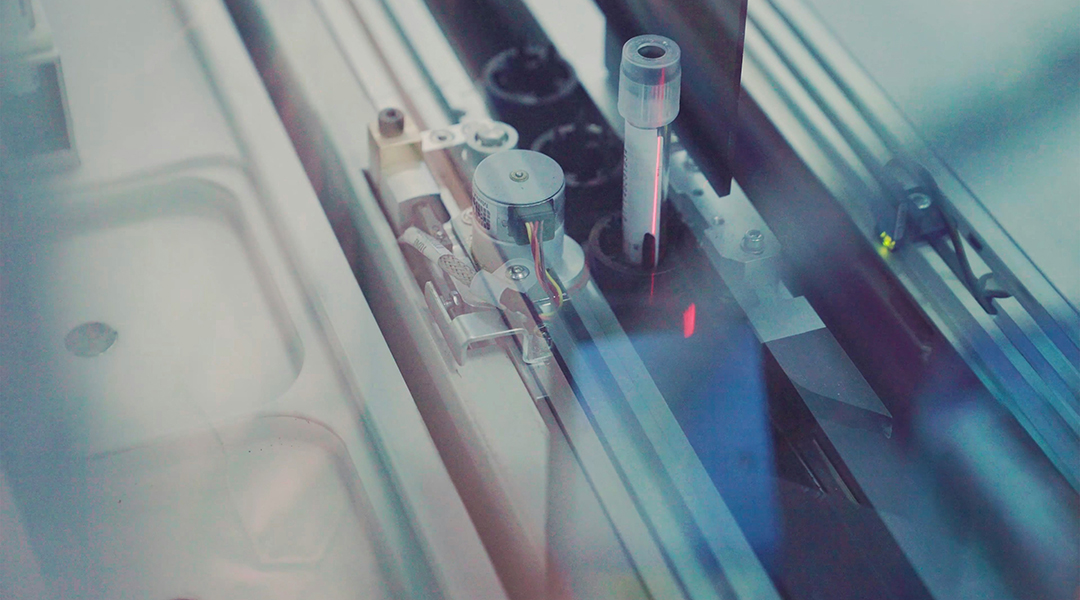
How do we balance the risks and rewards of using AI in the lab?
AI might be fast and efficient, but scientists still don’t know whether integrating it with cloud-based labs will be worth the rewards.
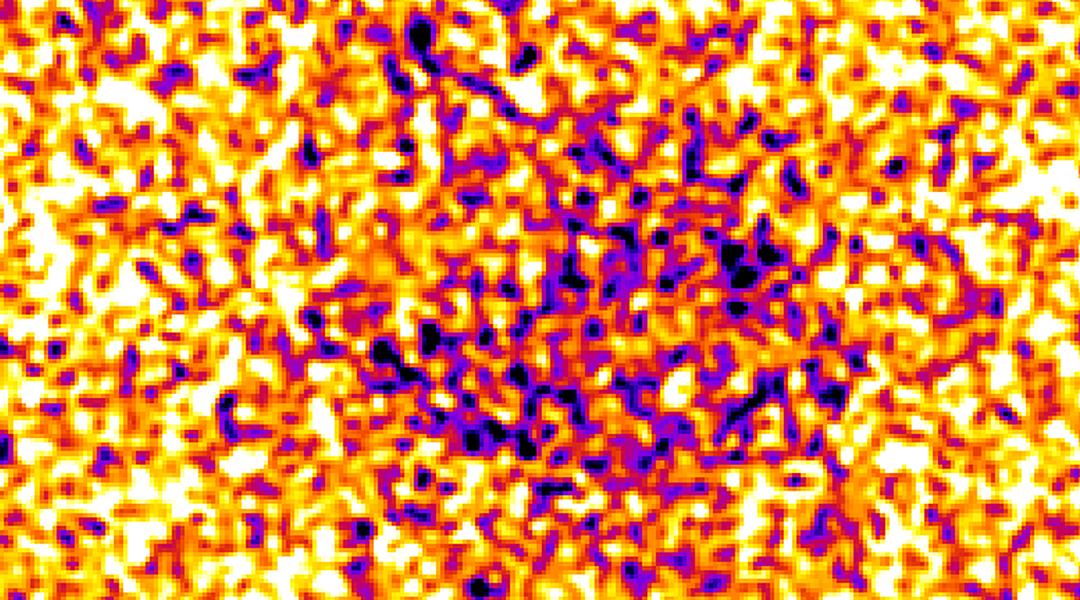
Live imaging of nanoscale biological processes achieved for the first time
Scientists have built a microscope capable of live imaging of biological processes in such detail that moving protein complexes are visible.
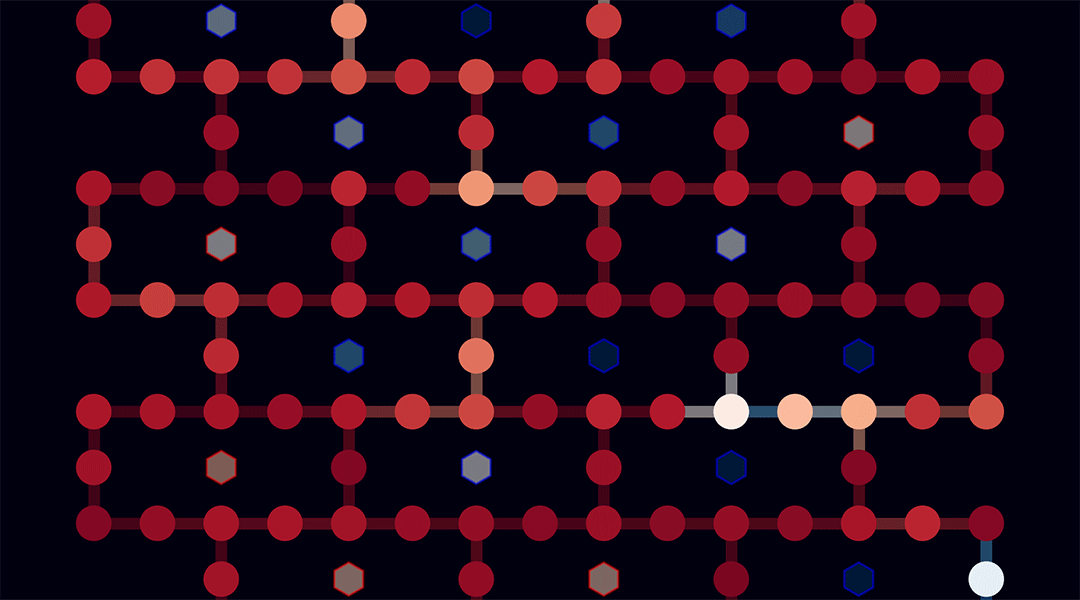
Which quantum computer leads the pack? Benchmarking entanglement could give the answer
Researchers have developed a new method to benchmark quantum computers by measuring their ability to create entangled qubit states.
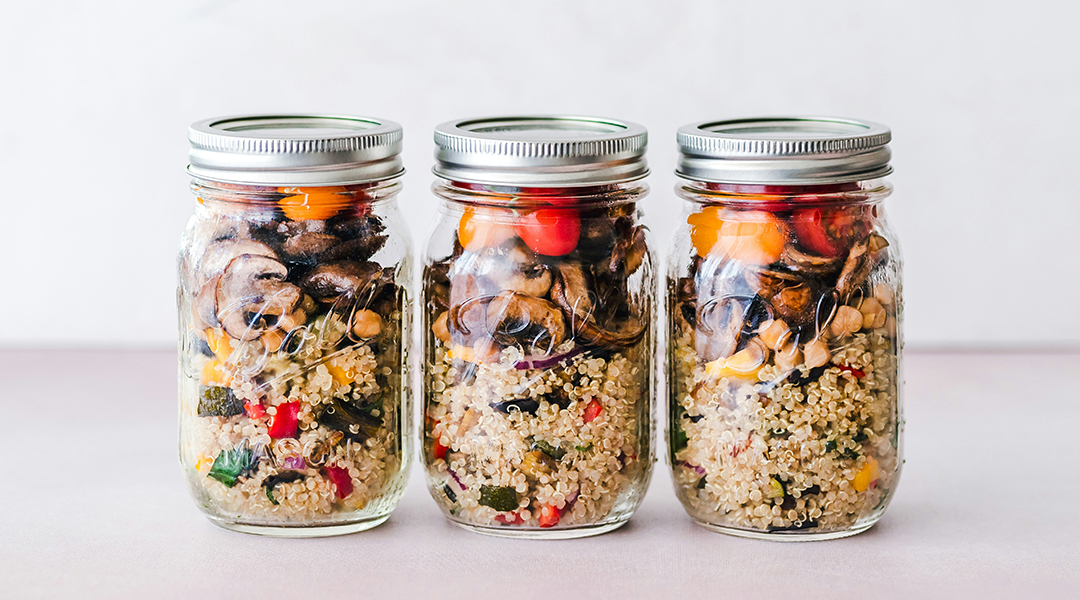
A bionic sensor “sniffs” out food freshness to cut down on waste
This visual sensor connects to your fridge and syncs with your smartphone, providing real-time updates to help reduce food waste.
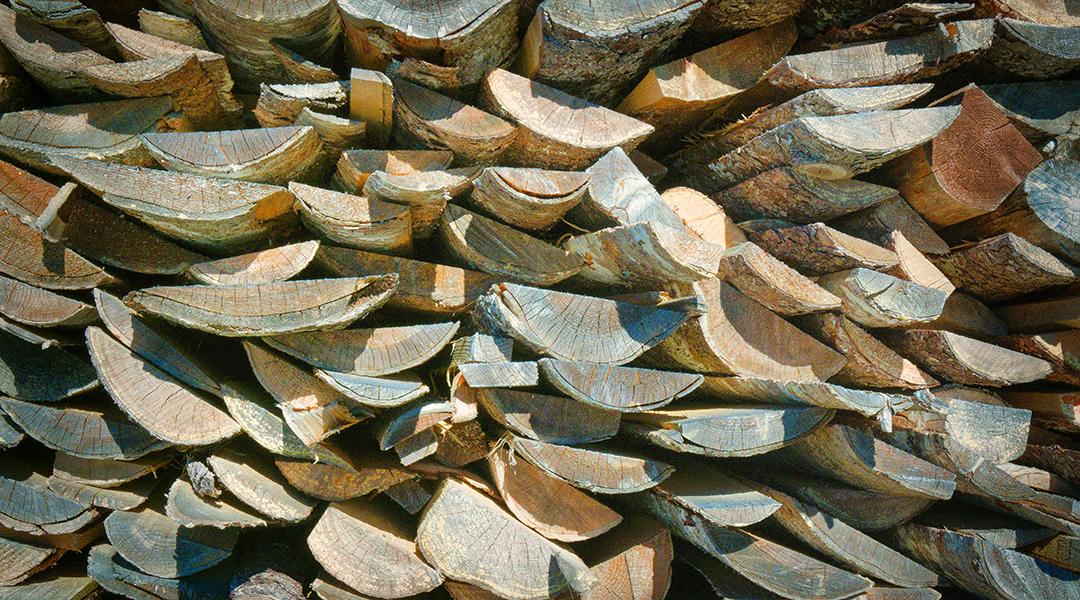
How carbon dioxide and biomass could become resilient, sustainable food sources
As valuable resources dwindle and environmental risks loom, reducing our dependence on traditional agriculture is becoming necessary.

Wetlands can be recovered with the right plants, and that’s good news for the planet
Scientists are reviving lost wetlands using paludiculture, blending ecology and economy to combat climate change and restore biodiversity.

Farming under solar panels: The promise of agrivoltaics in the fight for net-zero
Combining agriculture with solar energy, agrivoltaics offers a promising solution to reduce carbon emissions while boosting food production.
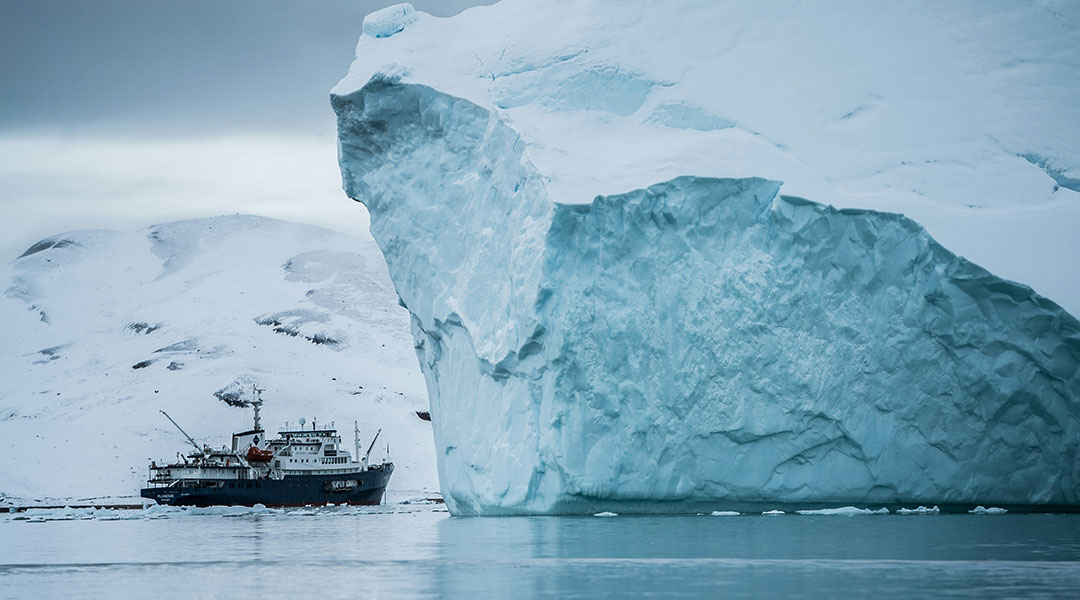
A rockslide in Greenland caused the Earth to vibrate for nine days
A mega-tsunami in Greenland surged through a fjord for days, creating seismic waves that caused seismometers across the globe to hum.

Black hole images deliver a deathblow to alternative theory of gravity
Images of the supermassive black holes wouldn’t have been possible if mimetic gravity was the right recipe for gravity.

Samples recovered from Ryugu asteroid reveal how our solar system formed
An ancient magnetic field drew matter inward and helped form our solar system’s planets, moons, and asteroids.

Fast radio bursts lead scientists to the origins of magnetars
Links to observational data may have revealed the nature of magnetars and the origins of their extreme magnetic fields.

Swirling clouds of axions around neutron stars could help scientists detect dark matter
Dark matter may be gathering in dense clouds around neutron stars, potentially making it easier to observe it from Earth.



